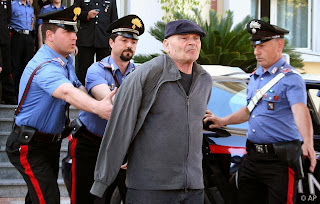Also on this Wednesday on Sicily in Art is back on Vivi Catania, the cultural program which aims to focus the attention on the Art of Sicily in all its forms. This week our appointment takes us to Piazza Galatea, a lovely green area that acts as roundabout on Viale Africa, not far from the Etna coast, to learn more about the sculpture of the “Wounded Stallion”.
This artefact, particularly known to Catania for his troubled past, has born from the artistic endeavour of Francesco Messina, the Sicilian sculptor born in Linguaglossa (Catania province) and known throughout the world for its marvellous works kept at the most prestigious museums, including some like Paris, Barcelona, Vienna, Buenos Aires, Berlin and Tokyo ones. Messina is always the same artist who in 1966 carved the famous “Dying Horse” exposed in front of the Rai’s venue in Viale Mazzini 14 in Rome.
The horse made by the sculptor of Linguaglossa is part of the huge array of favourite works in those years by Francesco Messina representing steeds wounded, fallen and muscle tension immediately before he takes his last breath of life. The work, which depicts a reclining horse, is sculpted in bronze and has the dimensions of cm. 152 x 280 x 87.
It was initially placed in the central Piazza Frederick II of Swabia in the anthological exhibition of 1999 held at the Civic Museum of Castello Ursino four years after the artist’s death. Who was preparing for entry into the massive manor could thus admire the Messina’s work in all its beauty. And many – especially among the more troublesome people of Catania- noted with irony the genitals of the dying equine, a detail that from that moment on would accompany forever the “hardships” lived the Messina sculpture.
A few years after the Dying Horse was transferred to the city center and located at the center of the busy Piazza Vittorio Emanuele – a place really loved to the people of Catania with the name of Piazza Umberto – suffering, in the new location, more than a thousand grimaces, probably ignoring the artistic value. Unforgettable, on 16th July 2002, was the overnight attempt to cover the pudenda horse with the help of a “iron cloth and welder not to “offend” the passage of the statue of the Madonna del Carmelo which would take over the usual summer procession. The devout fundamentalist was flushed out shortly afterwards.
Later, at Christmas time, some rascals decided to again cover the genitals with a piece of aluminium foil. Always the same applied with silvery reindeer antlers on the head of the poor animal. Following the Wounded Stallion – both physically and pride – was covered with a red velvet drape. To the chagrin of newly Puritans, the sheet was then removed and the horse again became visible. In August 2014, the statue was finally translated into a safer frame, where he is currently located position.
This article from Sicily in art ends here. I invite you to follow us in the future to discover together a new chapter in this fascinating journey that will make us know the most emblematic witnesses of the Sicilian creativity.
To keep stay updated, follow ViviCatania on Facebook and Twitter.
Written by Salvatore Rocca
L'articolo The Wounded Stallion (ENG) sembra essere il primo su Vivi Catania.

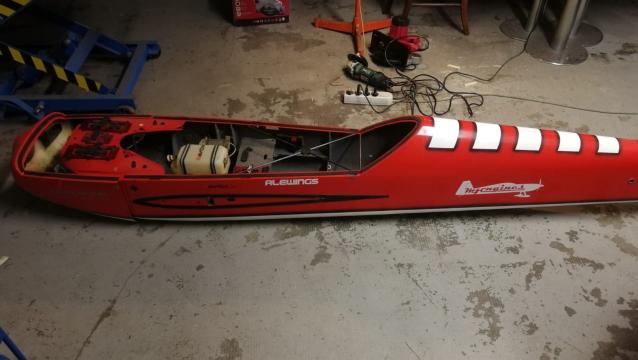
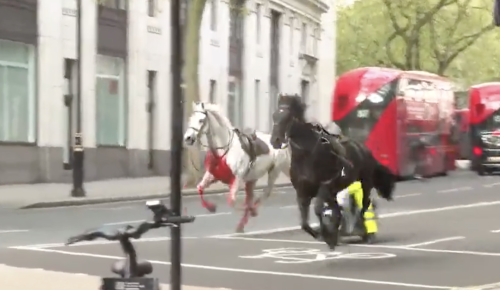
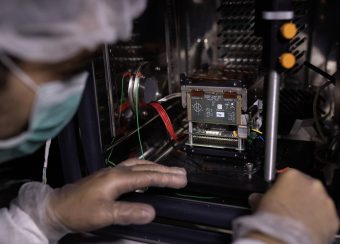
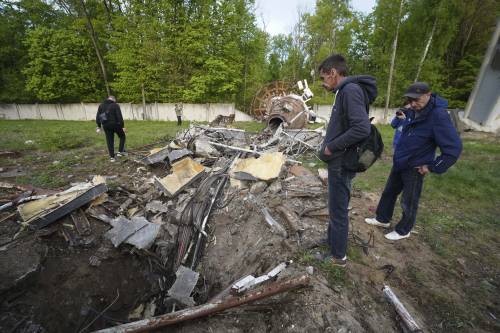
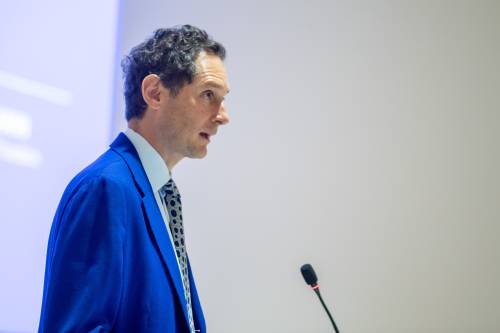
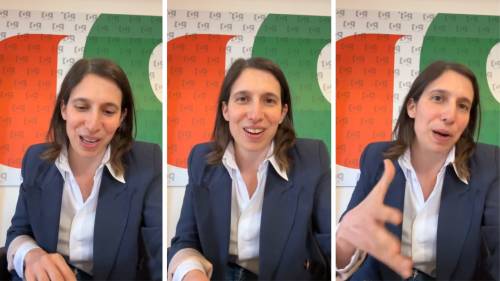
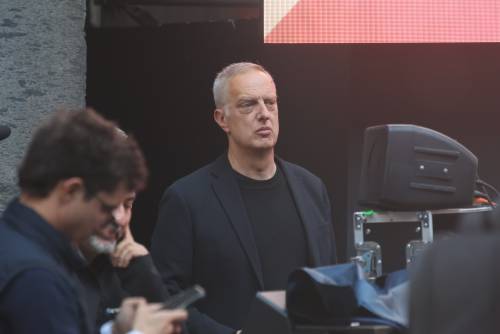
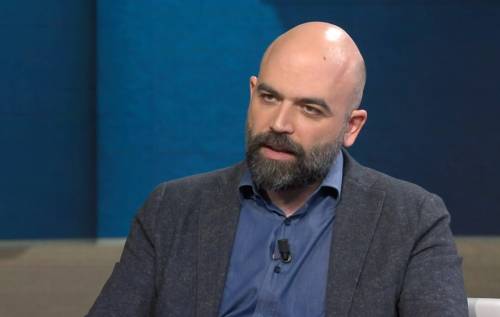
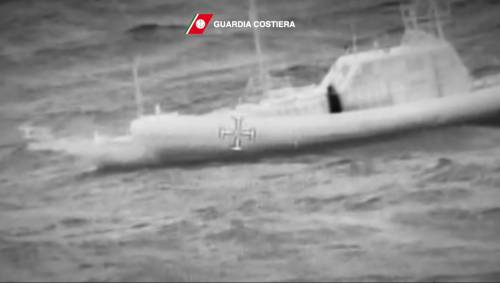
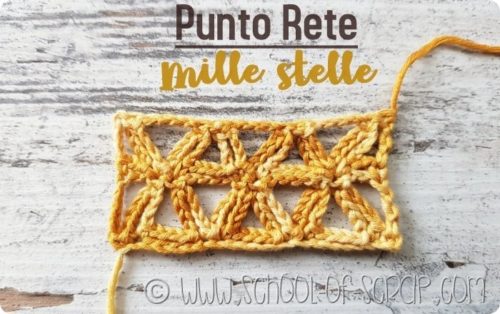
.jpg)




